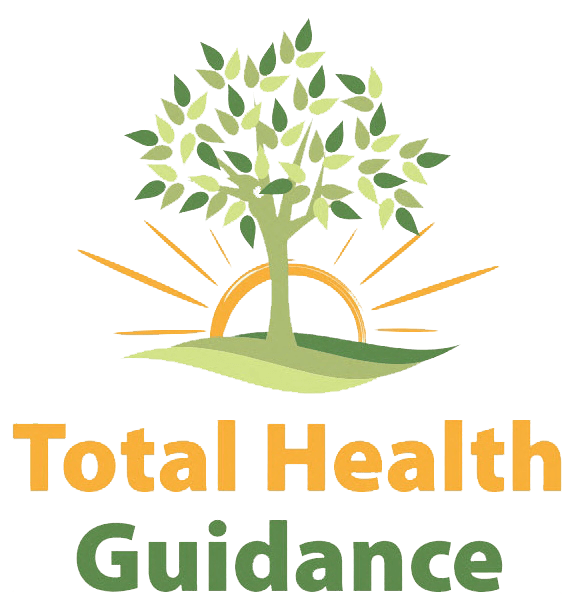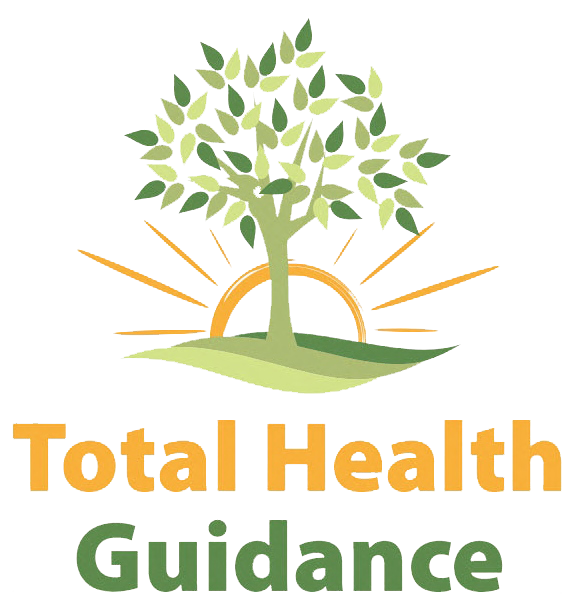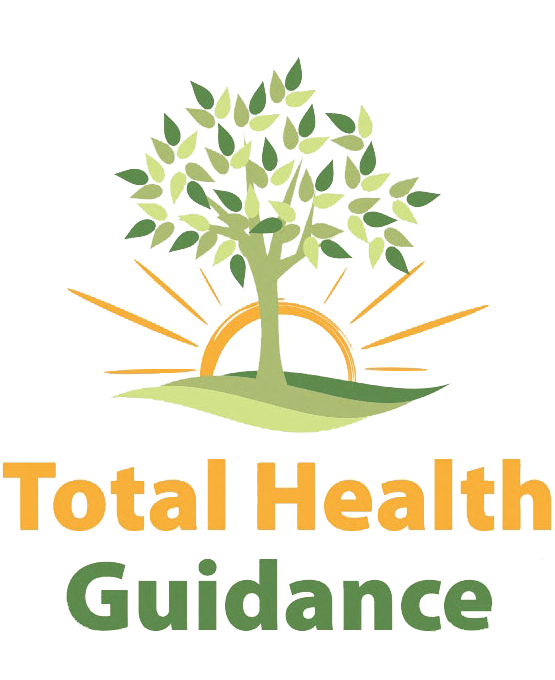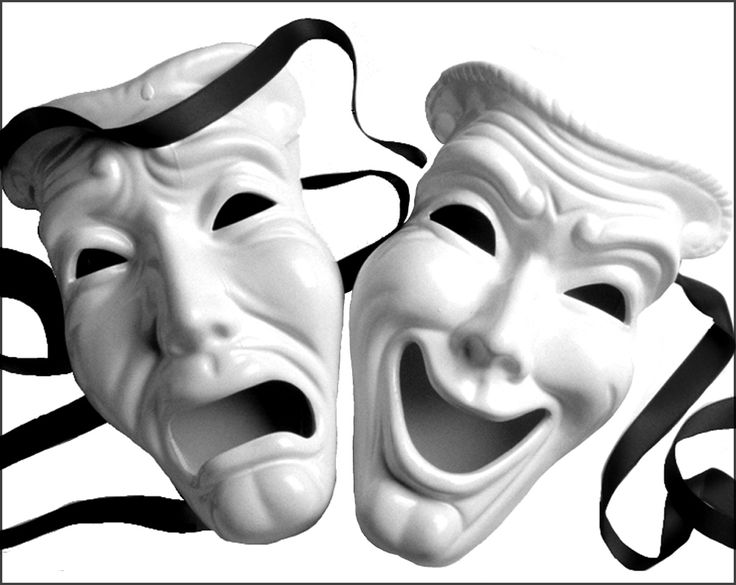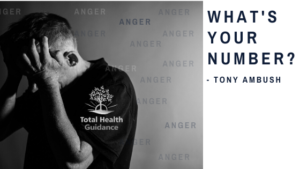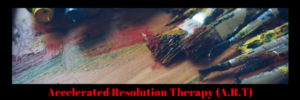DJ Spigener, LMHC
With Halloween fast approaching, the traditions associated with this holiday are on many people’s minds. Carving pumpkins, passing out candy to neighborhood children dressed up as their favorite characters, observing the change of seasons and harvest time, and getting together with friends in celebration are all common traditions. Another Halloween tradition that many of us have practiced, at one time or another, is the wearing of masks. When used for festive purposes, masks are typically worn in order to conceal our identities, or perhaps as part of a larger costume designed to present ourselves as a specific character/celebrity/person. These masks are physical items that disguise us and make for new and unique interactions with the other participants around us. But after the celebrations end, we remove these masks, and we return to our day-to-day lives. Our masks get shoved into a closet, or a box, and are forgotten until next year’s Halloween.
If someone was to continue wearing their mask on the 1st of November, it might seem a little strange, but perhaps could be rationalized as just an overzealous fan of the spooky holiday who had a hard time letting it go. Wearing it in the middle of July, though? That would just be bizarre. Right…?
In truth, we all wear masks, nearly every day, in any number of situations and settings. The key difference is that these everyday masks are not visible to the naked eye, and as such, are not typically noticed or mentioned. This phe
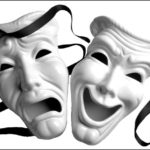
nomenon is not uncommon. We all do it. Whether done to impress potential employers, hide aspects of ourselves we deem inappropriate, or just to “fit in” with a certain social group, most people will attempt to alter their personality at one time or another. But when taken to an extreme, the figurative donning of these masks can lead to a disconnection from our true identities – from the real “you” under the masks – and can result in all manner of emotional, cognitive, and behavioral difficulties. In extreme cases, we may even louse touch with our own identity and become confused and uncertain of ourselves. Fortunately, there are steps we can take to begin removing our masks and learning to embrace our authentic selves in the process.
The first step is awareness. By taking the time to read this and being willing to engage in some self-reflection, you have already begun this step!
In our follow-up article, we will take a closer look at the other steps that can be taken to learn how to recognize and remove these masks, as well as how we can begin to embrace our authentic selves in social situations, leading to increased self-esteem, improved mood, and a better quality of life.

